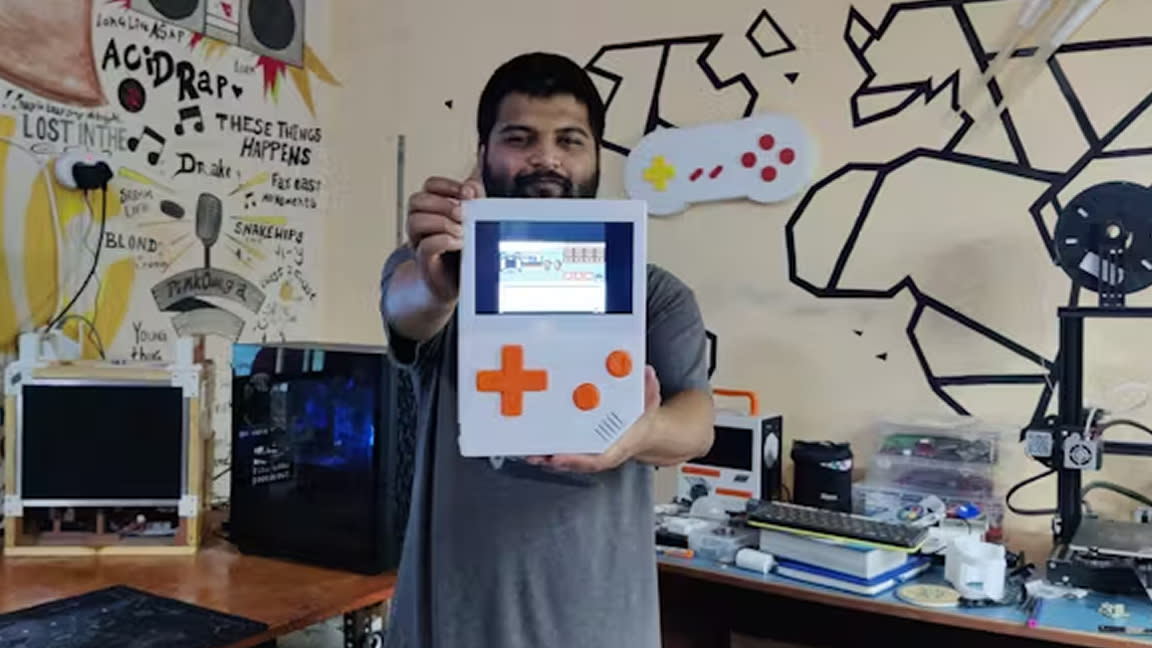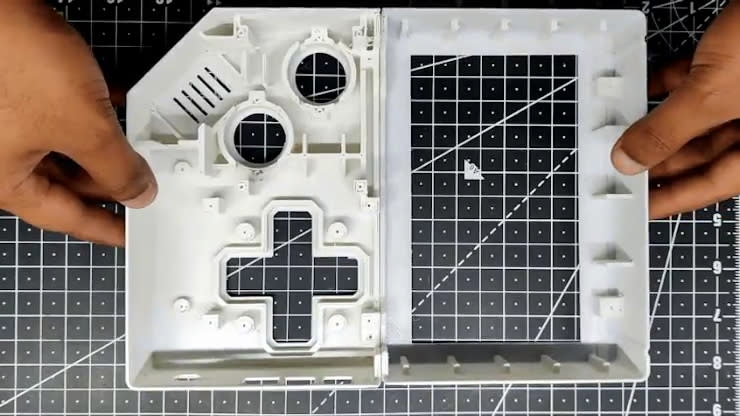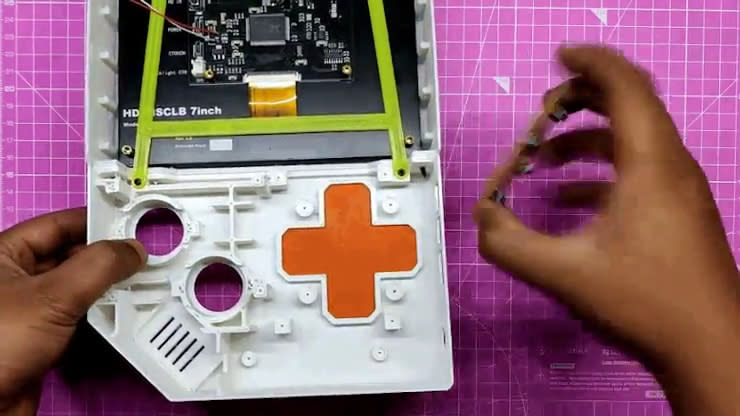This giant Game Boy XL uses a Raspberry Pi 5 and has working buttons

Over the last decade, we've seen tons of cool retro gaming Raspberry Pi projects, but now and then, we find something we haven't quite seen like this. The Game Boy XL is exactly what it sounds like—it's a giant version of the classic handheld, and this one is powered by one of our favorite SBCs, the Raspberry Pi 5.
The original Game Boy handheld is known for its large size, often referred to as a brick. But Sharma seemingly wasn't satisfied and took its design even further until we ended up with the massive unit pictured in this article. While the Game Boy XL looks like the original, it's far more capable. Emulating Game Boy games is super easy with a Raspberry Pi 5. Its ability to play other things like DOOM and PS2 ROMs is where it shines.
The Game Boy XL is far from practical as a portable device but is absolutely functional. The buttons on the front all work, and the device has a battery inside so you can take it on the go. However, Sharma explains that it works much better as a standalone machine placed on your desk and that a separate controller is far more ideal for input.


Sharma might be using a Pi 5 for this project, but if you want to recreate it, you could use something smaller, like a Pi 3 B+ or even a Zero 2 W. However, the benefit of using the Pi 5 is its ability to support more consoles like the PS2. The Pi outputs to a 7-inch LCD screen with an integrated audio output speaker. The hardware is housed inside a 3D-printed shell that Sharma designed in Fusion 360 for this project. It was printed on an Ender 3 and included a stand to easily propped up on a desk.
Sharma decided to use RecalBox, an emulation OS based on RetroArch, for the operating system. This is a little bit faster to get off the ground than setting up Retro Arch from scratch with Raspberry Pi OS, as RecalBox comes with a few games right off the bat.
If you want to take a closer look at this Raspberry Pi project in action, check it out at Hackster.

